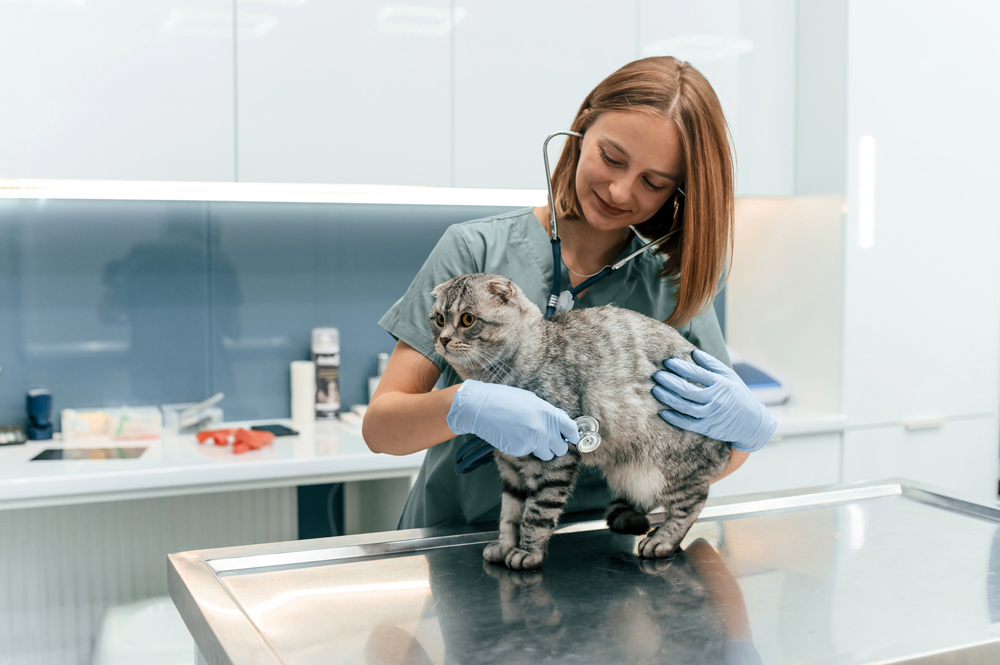(Editor’s Note: Scott Maloney, MBA is a co-author of this article for Animal Health News and Views.)
Veterinary medicine stands at a pivotal moment. The industry is simultaneously expanding and fragmenting, fueled by demographic shifts in pet ownership, rising client expectations, and accelerated innovation. Yet, much of the infrastructure that supports Veterinary care remains fundamentally generalist, as though the needs of a cat, a cow, and a cockatoo can be efficiently met under similar delivery models.
This article makes the case for speciation, defined as the intentional design of Veterinary care systems, practices, and products around species-specific expertise. This is not just a clinical benefit, but a strategic, economic, and innovation-driving imperative.
Business Strategy: Why Speciation Now?
The modern Veterinary business operates in an increasingly competitive environment. Private equity, corporate consolidation, and new entrants (retail, tech, DTC) have injected capital and chaos (often productive, though) into an industry once dominated by general practice and rural mixed-animal care. Amid this complexity, speciation offers clarity and differentiation.
A species-specific model carves out a distinct strategic identity. Consider the difference between a generalist clinic and a canine-only hospital: branding, design, workflows, equipment, and client experience all become more tailored and more defensible. This level of specialization fosters client loyalty and enables practices to command a pricing premium, not through arbitrary markup but through the delivery of clearly superior, species-specific value.
For example, feline-only practices have experienced 12% more clinical visits and higher average revenue per visit compared to general practices treating cats, according to a 2023 Journal of Feline Medicine and Surgery study.1
In short: speciation is specific, but very nicely scalable.
Economic Efficiency and Value Creation
Specialization is often associated with higher costs like more training, more equipment, and a narrower market. But in Veterinary medicine, the opposite may be true over time, especially as we disentangle speciation from traditional notions of specialization.
Staff training becomes more efficient. When your team only sees cats, or dogs, or birds, or dairy cows, they get better faster. Hiring and onboarding are simpler, and definitely more specific. Protocols become standardized. Mistakes decrease.
Inventory and equipment become more rational. A general practice must stock for everything, whereas a species-specific practice stocks for one thing and does it well.
Marketing ROI increases. Clear value propositions (“We only treat rabbits”) cut through noise and reduce cost per acquisition. Client LTV increases when care is perceived as both expert and exclusive.
Even more compelling is the downstream value. Practices built on speciation can support higher M&A multiples. They have stronger brand equity, lower operational entropy, and clearer IP or training systems. From an investor’s lens, they resemble “focused businesses” and more like dental chains than rural clinics.
Innovation Acceleration
Speciation isn’t just a better delivery model but an accelerant to industry-wide innovation.
When practitioners work within a single-species domain, they are more likely to (from a business lens):
- Participate in clinical trials or observational studies.
- Notice subtle patterns in treatment outcomes.
- Collaborate with researchers or startups in targeted R&D.
We’ve seen this in human healthcare where oncology, pediatrics, and orthopedics advance faster when care is organized around a single domain. The same potential exists in animal health, especially in under-researched areas like feline internal medicine or exotic animal surgery.
Moreover, speciation encourages infrastructure innovation. It pushes EMRs to become species optimized. It drives education providers to offer deeper, not broader, CE. It allows biotech and pharma companies to develop with a clearer target and a defined commercial partner to validate new products.
Clinical and Health Outcomes
Evolving into species-specific care measurably improves both patient outcomes and practice performance. In feline medicine, Cat Friendly Practices® (CFPs) conduct diagnostic bloodwork in 10 percent more illness visits and 9 percent more for wellness visits than non-CFPs—resulting in more overall clinical visits and a 17 percent higher average revenue per visit.¹ These tests directly translate to better outcomes since earlier disease detection is strongly associated with longer survival times, clearly demonstrating the life-extending impact of timely diagnosis and management.²
Species-focused environments also reduce patient stress and improve clinical skillsets. Among AAHA-accredited feline-only practices, caregivers report calmer visits and fewer staff injuries, translating into more complete physical exams and higher sampling rates.³ Similar benefits are seen across other specialties—for instance, equine sports medicine centers dedicated solely to performance horses report 20 percent fewer post-operative complications in orthopedic cases, thanks to teams trained exclusively in equine anesthesia and recovery protocols.4
A Sector Ready for Evolution
To be clear, speciation is not a condemnation of general practice. It’s a call for evolution and for creating new practice models alongside existing ones that better meet the needs of both animals and the professionals who serve them.
As industry leaders, we should ask: if we were designing Veterinary medicine today from scratch, would we build a system where one vet tries to serve all creatures great and small? Or would we design one where depth trumps breadth, where practices are focused, and where both medical outcomes and business value can thrive in alignment?
Speciation may not be a panacea but it’s a strategic direction worth betting on.
SOURCES:
- Saffire A. “Impact of Cat Friendly Practices® on Visit Frequency and Diagnostic Testing.” Journal of Feline Medicine and Surgery. 2023;25(4):215–222.
- American Animal Hospital Association. AAHA Accreditation Report: Cat-Only Practices. AAHA Press; 2024.
- Boyd LM, Tasker S, Gunn-Moore DA, Strehlau G. “Survival in Cats with Naturally Occurring Chronic Kidney Disease (2000–2002).” Journal of Veterinary Internal Medicine. 2008;22(6):1111–1117.
- Smith R, Patel V, Nguyen T. “Outcomes in Equine Orthopedic Surgery: A Specialty-Focused Analysis.” Journal of Equine Veterinary Science. 2024;68(2):145–152.

